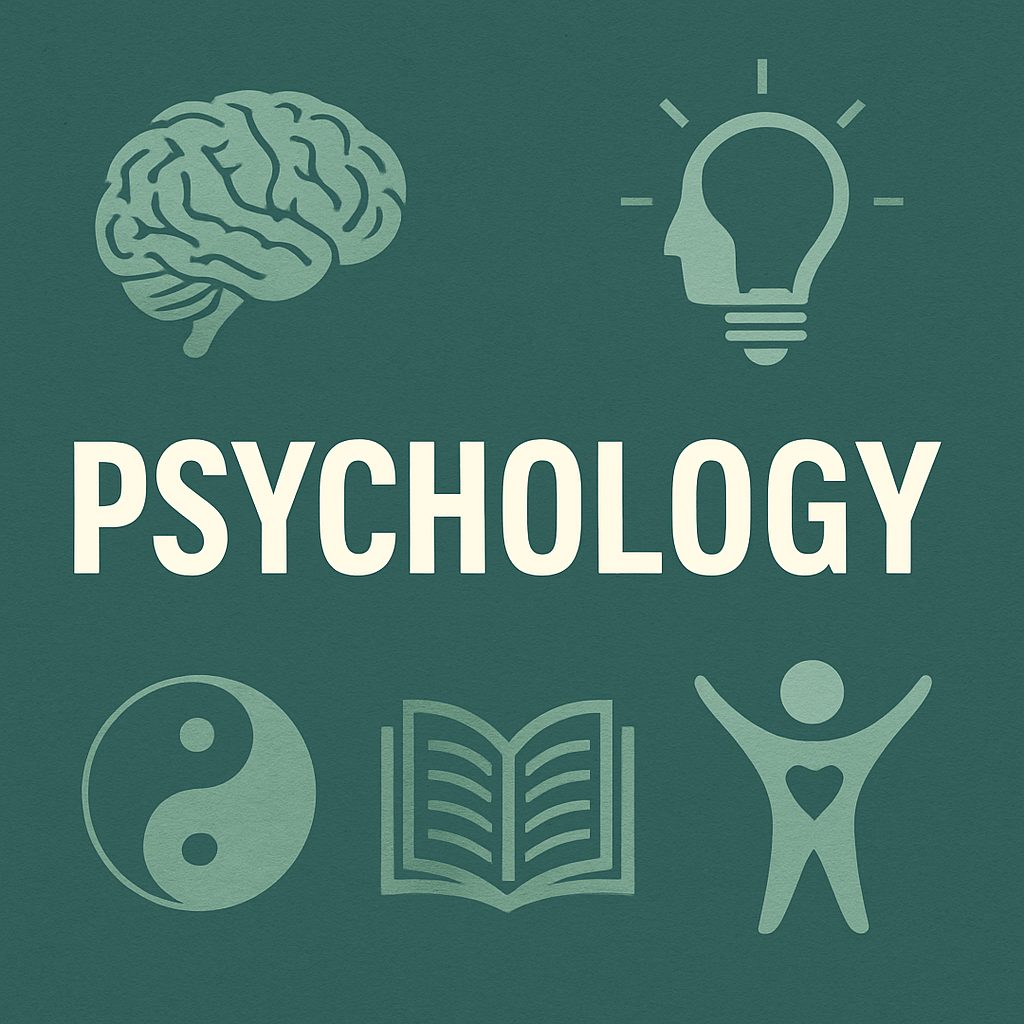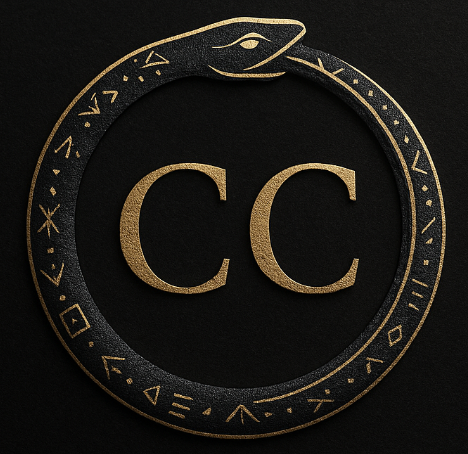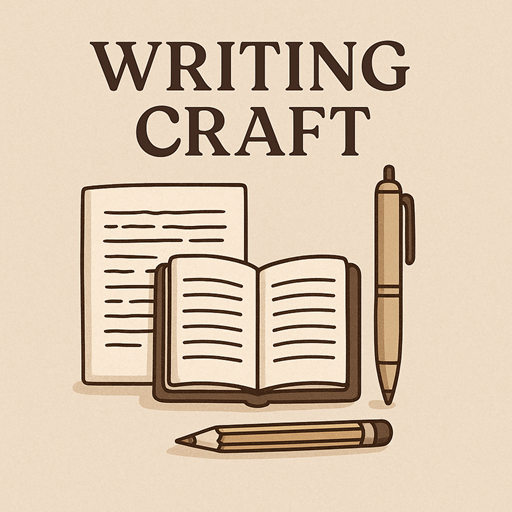At its heart, every story is about connection — or the struggle to find it.
Characters chase belonging, wrestle with fear, stumble into intimacy, or run from it. And often, the most gripping relationships on the page feel real because they mirror the way human beings are wired to attach, distance, heal, and grow.
This is where attachment theory becomes an unexpected but powerful tool for writers.
Originally developed in psychology to explain how people bond with caregivers and later romantic partners, attachment theory can give storytellers a deeper blueprint for how characters behave in relationship — and how they change.
Let’s break it down.
Attachment Styles as Character Foundations
Attachment theory describes four primary styles:
- Secure: Comfortable with closeness, boundaries, and emotional expression.
- Anxious: Preoccupied with connection; fearful of abandonment.
- Avoidant: Values independence; uncomfortable with vulnerability.
- Fearful-Avoidant (Disorganized): Torn between craving closeness and fearing it.
When you map a character’s attachment style early on — even loosely — it instantly gives you a framework for how they might pursue, sabotage, or protect their relationships.
An anxious character might spiral after a single unanswered text.
An avoidant character might disappear just as intimacy grows.
A secure character might hold the space between, offering steadiness — or becoming the contrast that reveals the others’ struggles.
These instincts shape dialogue, conflict beats, romantic tension, and even acts of betrayal or reconciliation — because they’re baked into how your characters relate.
Tip: Even if you never name it on the page, knowing your character’s attachment pattern as the author makes every interaction sharper and more believable.
Relationship Arcs Through the Lens of Attachment
Most memorable relationship arcs — romantic, familial, even platonic — aren’t just about external obstacles. They’re about internal defenses falling away.
They’re about two (or more) people learning how to attach better.
In fact, much of emotional tension comes from mismatched attachment styles:
- The anxious lover chases; the avoidant flees.
- The secure friend anchors the fearful one, slowly earning trust.
- Two avoidants dance around vulnerability, missing each other in every crucial moment.
Plotting growth through this lens invites rich emotional arcs:
- An anxious character might learn to self-regulate and trust.
- An avoidant character might learn that intimacy doesn’t mean losing themselves.
- Two fearful characters might cautiously build a bridge neither thought possible.
The resolution feels earned because it reflects real psychological change, not just plot convenience.
Practical Tips for Writers
Here are a few ways to use attachment theory while crafting your stories:
- Define starting points:
What’s your character’s baseline attachment behavior at the start of the story? Fearful? Dismissive? Over-eager? - Design tension points:
Where do their instincts clash with someone else’s? How do they interpret neutral actions through their own fears or assumptions? - Map growth:
What would secure attachment look like for them by the end? How might they stumble their way toward it — or fail to? - Layer miscommunication:
Often, it’s not malice but attachment wiring that causes relationships to fray. Let your characters misunderstand each other in believable ways.
Final Thoughts
Attachment isn’t just theory. It’s the invisible current running beneath every bond — fictional or real.
And when we, as writers, honor the deep emotional patterns that shape connection, we create stories that feel true even when everything else is made up.
The best character arcs aren’t just about saving the world or defeating the villain.
They’re about the slow, vulnerable, hard-won work of learning how to love — and be loved — for real.



